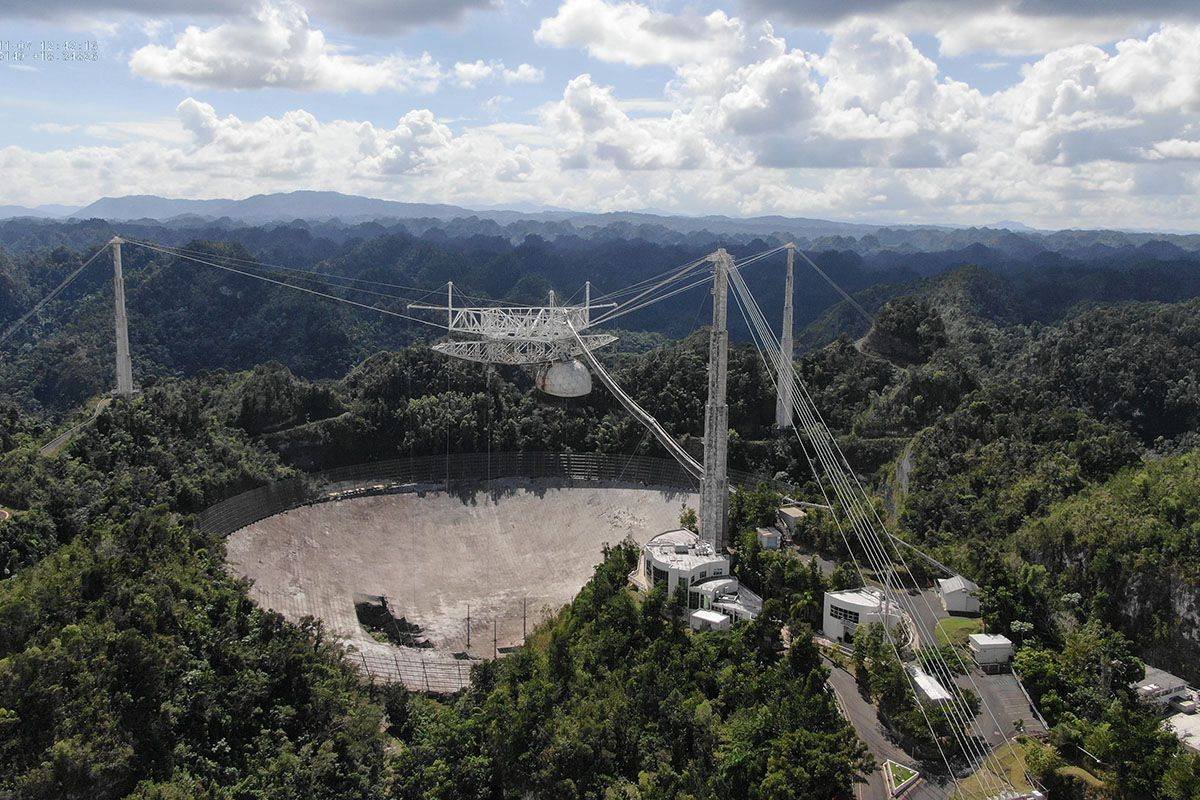Researchers hoping to understand how living in space negatively affects human vision have zeroed in on blood flow to the brain as its potential cause. Such issues have plagued the world’s first space travelers, who have overwhelmingly experienced diminished eyesight the longer they stay in zero gravity environments like the International Space Station.
BACKGROUND: BONES AND MUSCLES NOT ALL THAT SUFFER IN ZERO G
Since the first earthlings began spending lengthy time in space, they have noted a number of physical issues associated with living free from the earth’s gravity. These typically involve things like bone loss or muscle loss, but as flight times have gotten longer, more and more astronauts have experienced diminished eyesight.
Known as Spaceflight-Associated Neuro-Ocular Syndrome (SANS), this situation has led medical experts to search for the root cause of the issue, in hopes of finding a treatment. And given the results of this latest study, it looks like the cause of the diminished vision may lie with issues around blood flow in the brain.
ANALYSIS: VISION ISSUE MAY BE RELATED TO BLOOD FLOW IN THE BRAIN
“It’s gotten to the point where astronauts actually carry extra pairs of glasses when they go into space,” said Dr. Mark Rosenberg, a researcher from the Medical University of South Carolina (MUSC) and one of the authors on the recently published paper. “They know that their vision is going to be deteriorating up there, and they’ve even started calling them Space Anticipation Glasses.”
“In fact,” added Rosenberg in that same press release, “depending on how you define it, it affects about 70% of astronauts.” Unfortunately, although most recover within weeks or months of returning to earth, some astronauts say the change in their eyesight appears to be permanent.
To try to understand what was going on, the MUSC medical center team looked at brain scans of returning astronauts, both those suffering with SNAS and those whose vision was unaffected. Almost immediately, team leader Donna Roberts, M.D., a neuro-radiologist and lead author on the paper, noted that those with SANS had an increase of volume of intercranial dural veins. These types of large veins take blood away from the brain and heart and shouldn’t ever stretch or change. However, the dural veins of astronauts with SANS showed exactly those types of malformation.
“These findings suggest that there is an association between intracranial venous congestion and the development of SANS,” the press release announcing the new study states.
OUTLOOK: VISION OF SPACE COLONIZATION INCLUDES PERFECT VISION
Thus far, the study seems to provide a good road map for future study of SANS, something the researchers indicate is a high priority for NASA and others. But certain limitations, including the lack of an MRI machine already in space, means that those same researchers haven’t yet determined when in the spaceflight process the change in brain veins occur.
“It could be during flight takeoff,” the press release notes, or “in space or while acclimating to earth upon return.”
Regardless, the researchers note, it is an obstacle that will need to be overcome as humans begin to colonize the solar system.
“If we’re planning on setting up a colony in space, we’re going to have to understand how gravity affects the entire human body,” said Roberts in the same release. “And that includes the brain.”
“As clinicians, one of the things we do is treat the human body,” added Rosenberg. “And that’s not just now but in the future as well. So really understanding these conditions as a whole, before they start to affect colonists already on a foreign planet where everything wants to kill them, is probably one of the best ways we can apply this research.”
Follow and connect with author Christopher Plain on Twitter: @plain_fiction
